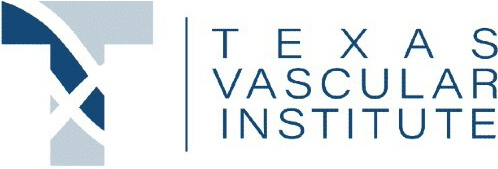By: Dr. Dev Batra | 09.10.25
If you’ve ever asked yourself, “Why are my veins so visible?”, you’re not alone, and most of the time, there’s nothing to worry about. Veins may show more during intense workouts, in warm weather, or if you’re lean or have fair skin under thin or sun-damaged skin. But sometimes, visible veins can hint at circulation issues or vein health concerns. Understanding what’s behind it helps you know when to relax and when to reach out for a professional evaluation.
Understanding Vein Anatomy
Veins are an essential part of your circulatory system, carrying deoxygenated blood back to the heart. They’re equipped with one-way valves that keep blood flowing in the right direction, even against gravity. Most veins run deep within your muscles, but superficial veins lie closer to the surface of the skin and are more visible, especially in the legs, arms, and hands.
Vein visibility depends on a mix of factors: the depth of the vein beneath your skin, the thickness and tone of your skin, and how much blood is currently flowing through the vessel. When superficial veins are dilated (wider than usual) or your skin is thinner, they can appear darker, bluer, or more raised. This is why the same person might notice their veins becoming more prominent during exercise, in hot weather, or as they age.
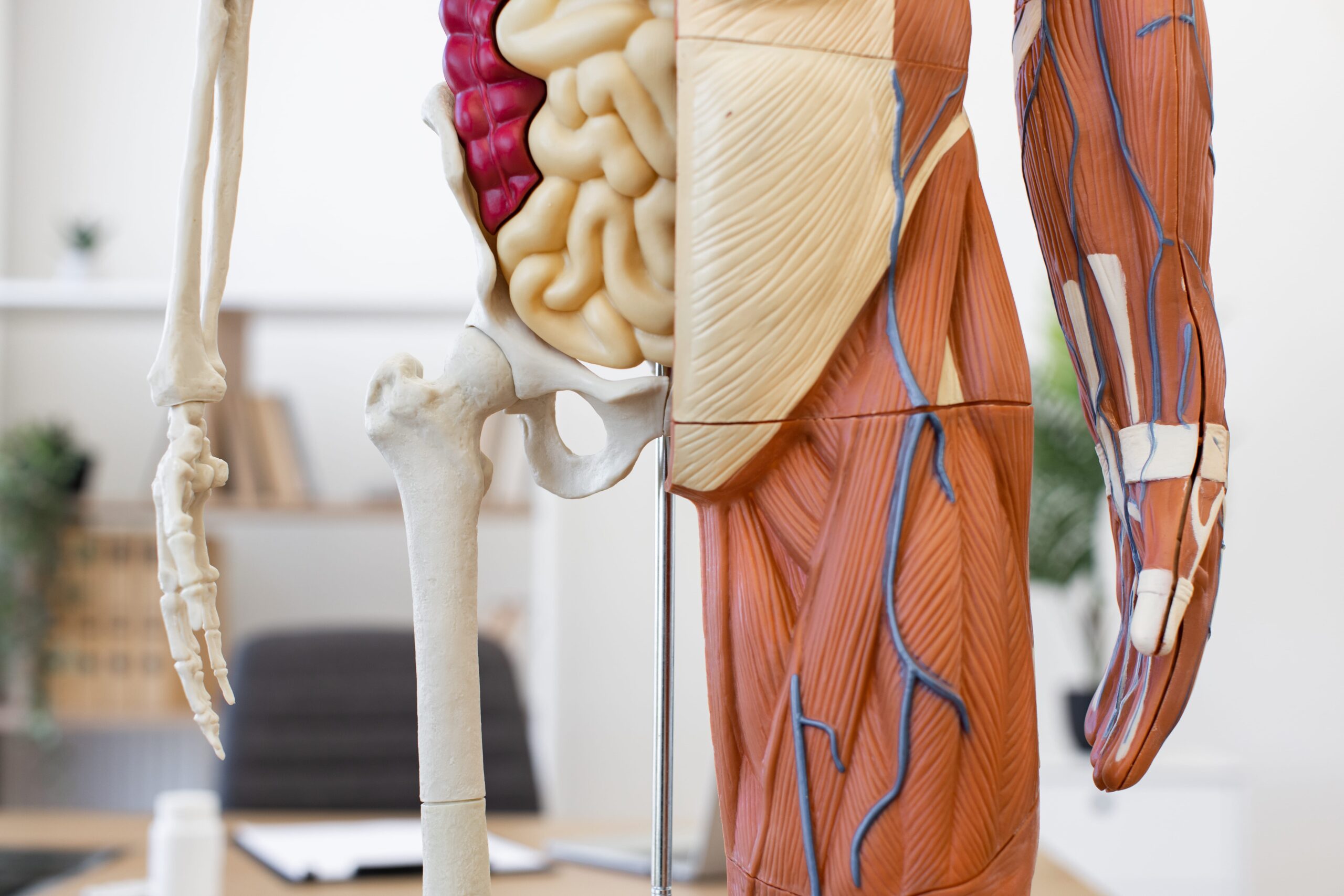
Common Harmless Reasons Your Veins Might Be More Visible
If you’ve been wondering, “Why are my veins so visible?”, the answer is often completely normal. Many everyday factors can make superficial veins stand out more without indicating a health problem:
- Low Body Fat – With less fat between the skin and veins, there’s less coverage, so veins appear more prominent.
- Exercise and Increased Blood Flow – During and after workouts, blood flow to your muscles increases, temporarily expanding veins (known as vascularity).
- Heat Exposure – Warm weather causes veins to dilate to help your body cool down, which makes them more noticeable.
- Genetics and Skin Tone – Some people naturally have more visible veins, especially if they have lighter skin or inherited vein patterns from family members.
- Aging – Over time, skin loses collagen and elasticity, and the fatty layer beneath it thins, making veins stand out more.
While these factors are generally harmless, a sudden or unexplained increase in vein visibility, especially in just one limb, may be worth checking with a vascular specialist.
Recommended Reading: What Causes Veins to Pop Out in Arms and Hands?
Medical Reasons for Prominent Veins
The veins aren’t just more noticeable, they may also cause discomfort, swelling, or changes in skin texture and color. Common medical causes include:
- Varicose Veins – Caused by weakened or damaged valves inside the veins, leading to blood pooling and vein enlargement. They often appear twisted or rope-like and may cause aching, heaviness, or swelling in the legs.
- Chronic Venous Insufficiency (CVI) – A longer-term condition where valves in the leg veins can’t effectively return blood to the heart. Early signs include swelling, skin discoloration, and increasingly visible superficial veins (Cleveland Clinic).
- Superficial Thrombophlebitis – Inflammation of a superficial vein, often due to a small blood clot. The vein may feel hard, warm, or tender, and the skin around it may be red.
- Hormonal Changes – Pregnancy, menopause, and hormone therapy can affect vein elasticity and blood volume, sometimes making veins more visible.
- Rapid Weight Loss – Losing a significant amount of fat quickly can reduce the cushioning between skin and veins, making them stand out more.
If you notice visible veins accompanied by pain, swelling, warmth, or sudden changes in appearance, it’s vital to have them evaluated by a vascular specialist to rule out more serious issues.
When to See a Doctor
Visible veins aren’t always a cause for concern, but you should seek medical advice if you notice any of the following:
- Pain or Tenderness – Aching, throbbing, or localized soreness along a vein.
- Swelling – Especially if it’s in just one leg or gets worse as the day goes on.
Skin Color Changes – Redness, bluish discoloration, or dark patches near the vein. - Warmth over the Vein – Could indicate inflammation or a clot.
- Sudden Changes – A vein that becomes prominent quickly without an obvious cause, such as exercise or heat.
- Open Sores or Skin Thickening – Potential signs of advanced vein disease or chronic venous insufficiency (Cleveland Clinic).
Even if your symptoms seem mild, getting a vascular evaluation can rule out serious conditions and give you peace of mind.
Diagnosis: How Specialists Find the Cause
Diagnosis usually starts with a physical examination to assess vein appearance, skin changes, and any swelling or tenderness. Your doctor will also review your medical history, activity level, and any family history of vein disease.
The most common diagnostic tool is a duplex ultrasound, a non-invasive test that uses sound waves to create a live image of your veins and measure blood flow. This helps identify issues like valve dysfunction, blood clots, or narrowed veins. In more complex cases, imaging such as CT or MR venography may be used to get a detailed view of the venous system.
Getting a precise diagnosis is important because it distinguishes harmless causes – like exercise or genetics – from medical conditions that could worsen without treatment.
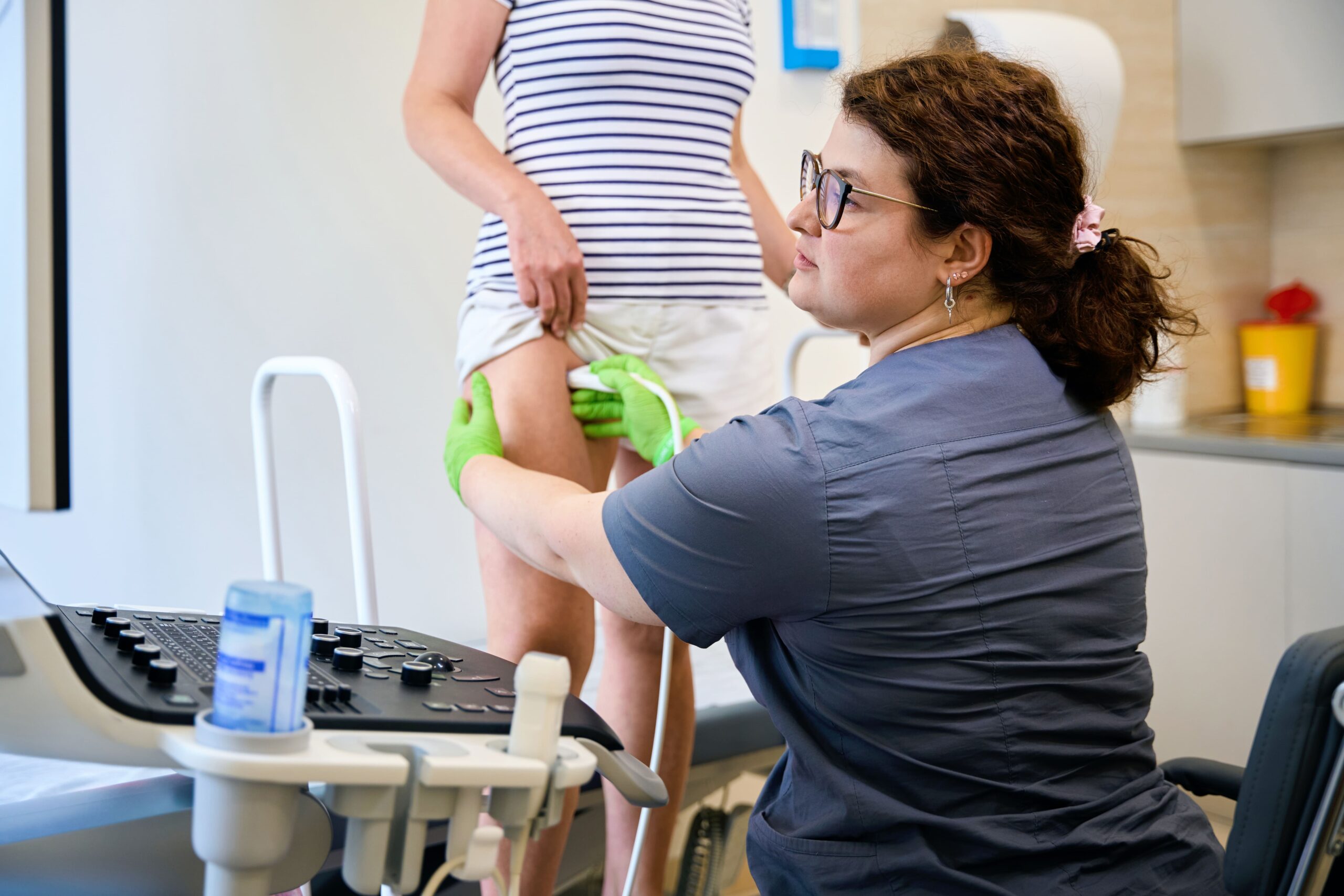
Treatment and Self-Care
If your visible veins are caused by harmless factors, like low body fat, exercise, or genetics, treatment may not be necessary. However, there are steps you can take to support healthy circulation and keep your veins looking and feeling their best:
- Stay Active – Regular walking, cycling, or swimming promotes blood flow and reduces pooling in the legs (Harvard Health).
- Elevate Your Legs – Raising your legs above heart level for 15–20 minutes a few times a day can reduce swelling and pressure on your veins.
- Wear Compression Stockings – Gentle compression supports vein function and can relieve mild swelling or discomfort (Cleveland Clinic).
- Avoid Prolonged Sitting or Standing – Change positions regularly to keep blood moving.
- Protect Your Skin – Use sunscreen to prevent skin thinning and sun damage, which can make veins more visible.
If your visible veins are linked to an underlying condition such as varicose veins, chronic venous insufficiency, or superficial thrombophlebitis, your doctor may recommend targeted treatments. Options can include sclerotherapy, endovenous laser ablation, or minimally invasive surgery to address the root cause and improve both function and appearance.
FAQ: Why Are My Veins So Visible?
Why are my veins so visible all of a sudden?
Sudden vein visibility can be due to exercise, heat, or temporary changes in blood flow. If it’s accompanied by swelling, pain, or skin changes, it may indicate a medical issue and should be evaluated.
Are visible veins a sign of bad circulation?
Not always. Many healthy people have prominent veins due to genetics, body composition, or activity level. However, visible veins can sometimes be linked to circulation problems like chronic venous insufficiency.
Why do my veins show more when I work out?
During exercise, blood flow increases and veins expand (dilate) to deliver oxygen to muscles. This temporary vascularity is normal and usually fades after you cool down.
Can weight loss make my veins more visible?
Yes. When you lose fat, there’s less tissue between the skin and veins, which makes them stand out more.
Should I be worried if my veins are visible?
If your veins have always been noticeable and you have no symptoms, it’s usually not a cause for concern. But if you notice new pain, swelling, redness, or warmth, it’s best to get checked by a vascular specialist.
How can I make my veins less visible?
Maintaining a healthy weight, staying hydrated, protecting your skin from the sun, and using compression stockings can help reduce vein prominence.
Taking the Next Step for Your Vein Health
Visible veins aren’t always a sign of trouble: often, they’re simply part of your body’s normal anatomy. But if you’ve been asking yourself, “Why are my veins so visible?” and notice changes in their appearance, new symptoms, or discomfort, it’s worth getting a professional opinion. A quick, non-invasive evaluation can give you answers, reassurance, and, if needed, a treatment plan tailored to your needs.
At Texas Vascular Institute, our team specializes in understanding vein health from the inside out. Whether your veins are purely cosmetic or linked to a medical condition, we’ll help you make the best choice for your circulation and long-term health. Schedule your appointment today and take the first step toward healthy, confident legs.
Read more blogs
Embolization Procedure
Discover embolization procedures for non-surgical relief from knee pain, heel pain, and fibroids. Safe, effective, and fast recovery.
Find Relief Without Surgery
Find relief without surgery at Texas Vascular Institute. Minimally invasive vascular treatments, faster recovery, and compassionate care.
Uterine Fibroid Embolization
Learn how Uterine Fibroid Embolization (UFE) treats fibroids safely without surgery. Discover benefits, recovery, and if it’s right for you.
WHAT OUR PATIENTS
have to say
Texas Vascular Institute always appreciates feedback from our valued patients. To date, we’re thrilled to have collected 378 reviews with an average rating of 5 out of 5 stars. Please read what others are saying about Texas Vascular Institute below, and as always, we would love to collect your feedback.
Leave a Review
Amazing Practice
I'm very particular with my Healthcare and tend to be cautious with referrals to specialists. This office is amazing from the first point of contact. Their staff are friendly, professional and highly knowledgeable. Then the Dr is just as amazing as his staff, absolutely brilliant. Office manager Jessica has this office running like a well oiled machine and does so with a smile, an air of confidence, kindness and professionalism. Love this practice!!
- Richard G.

Beyond Thankful
Dr Batra and his staff are amazing! We are so grateful to have found him. Everyone is so kind and so caring and Dr Batra explains everything so well and does procedures with excellence. Beyond thankful to be under their care!!!
- Bitsy P.

Gold Standard
This is a gold standard for how a medical practice should be run. I was promptly seen at my scheduled time, my ultrasound was thorough and I received plenty of attention and care from the staff and Dr.Batra.
- Weronika L.
INSURANCE
We accept most major insurance plans. Please contact the medical office for all insurance related questions.








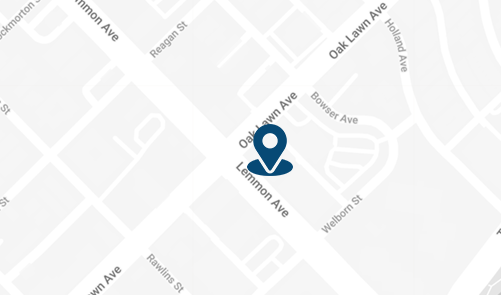
8330 Meadow Rd #100
Dallas, TX 75231
For Appointments: 972-798-4710
General Inquiries: 972-646-8346

809 West Harwood Rd, Suite 101,
Hurst, TX 76054
For Appointments: 972-798-4710
General Inquiries: 972-646-8346
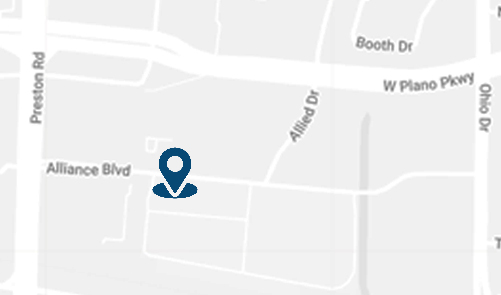
4716 Alliance Blvd Suite #180,
Plano, TX 75093
For Appointments: 972-798-4710
General Inquiries: 972-646-8346

